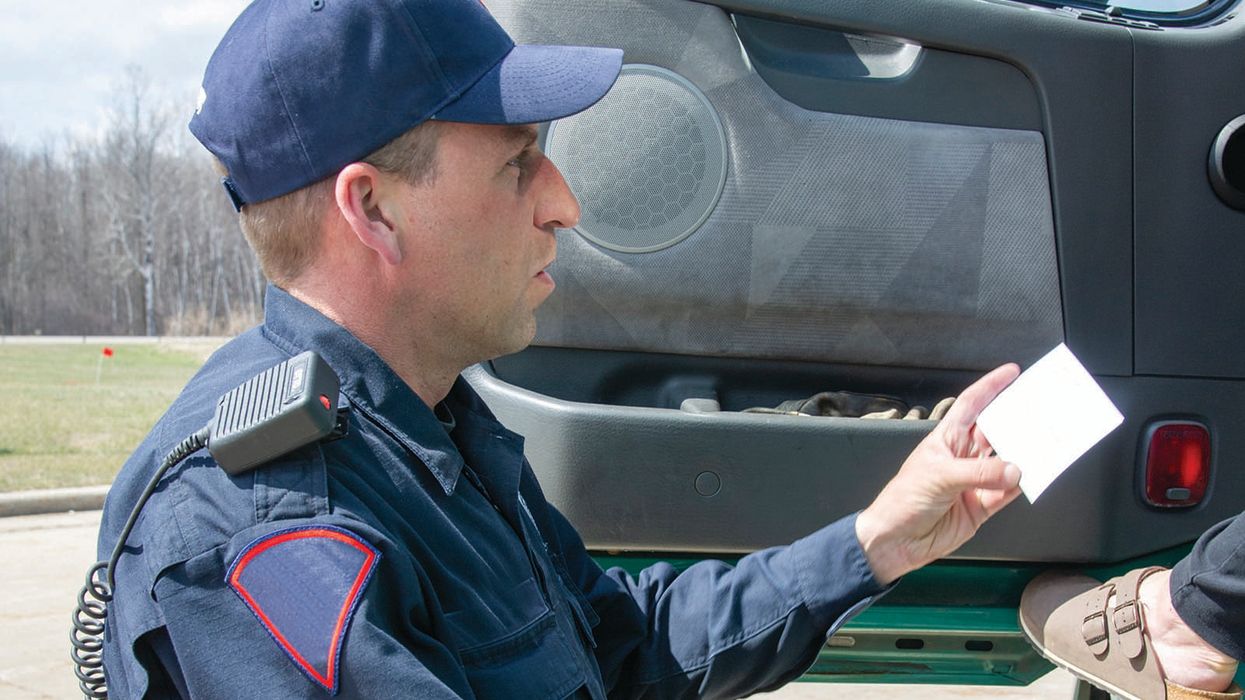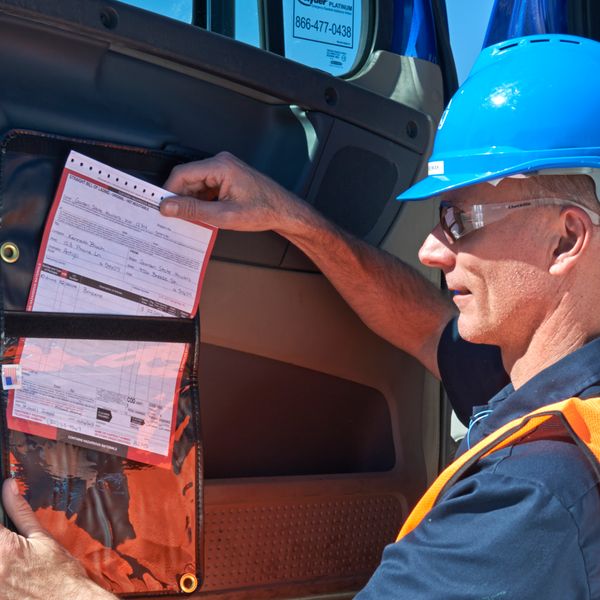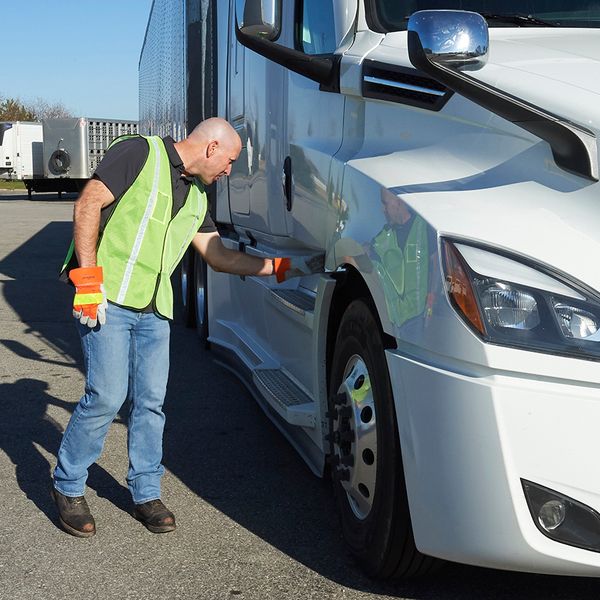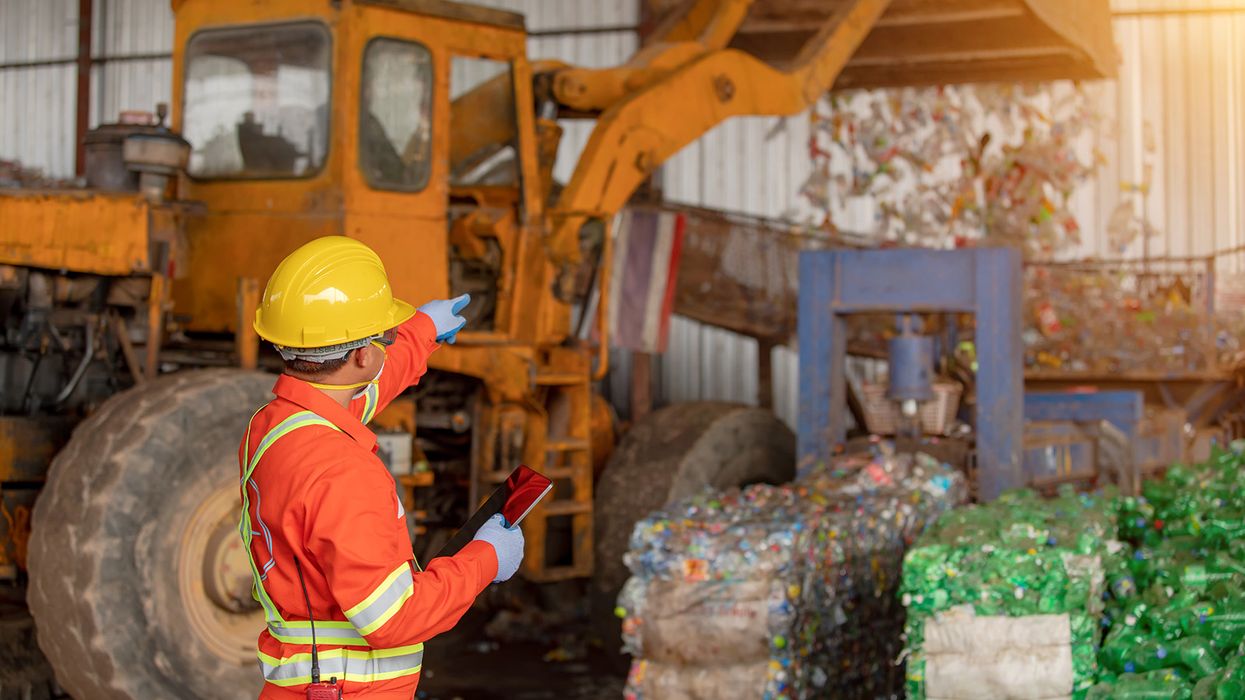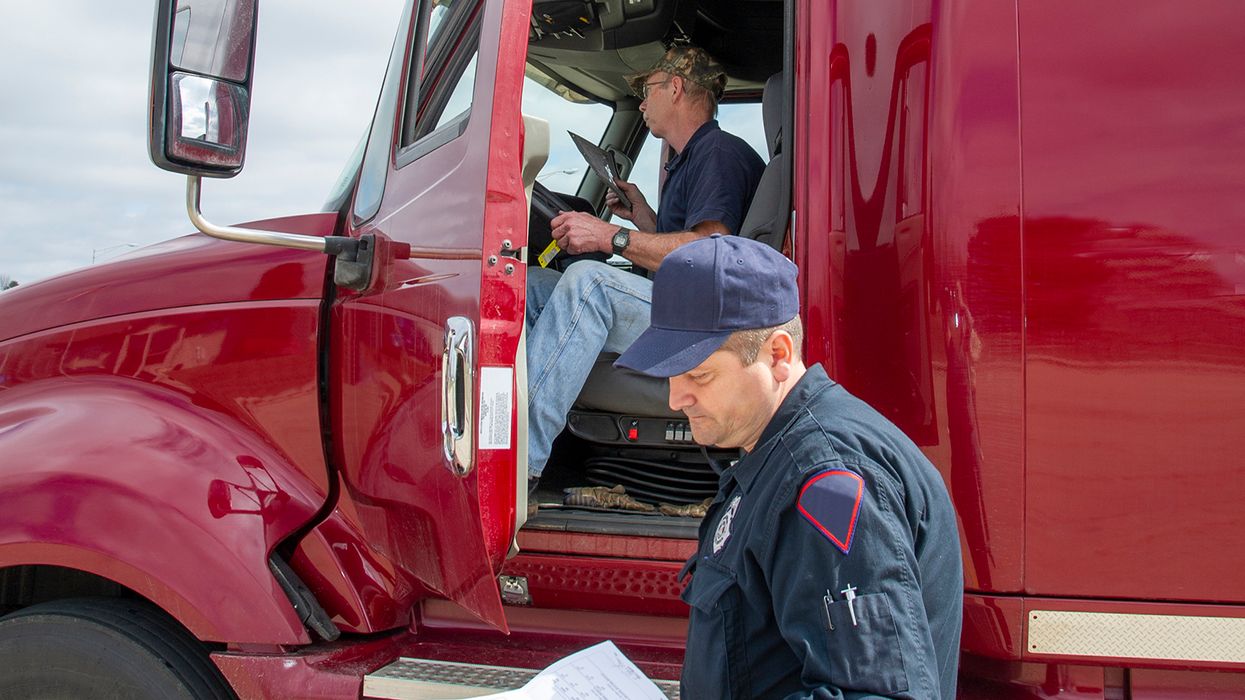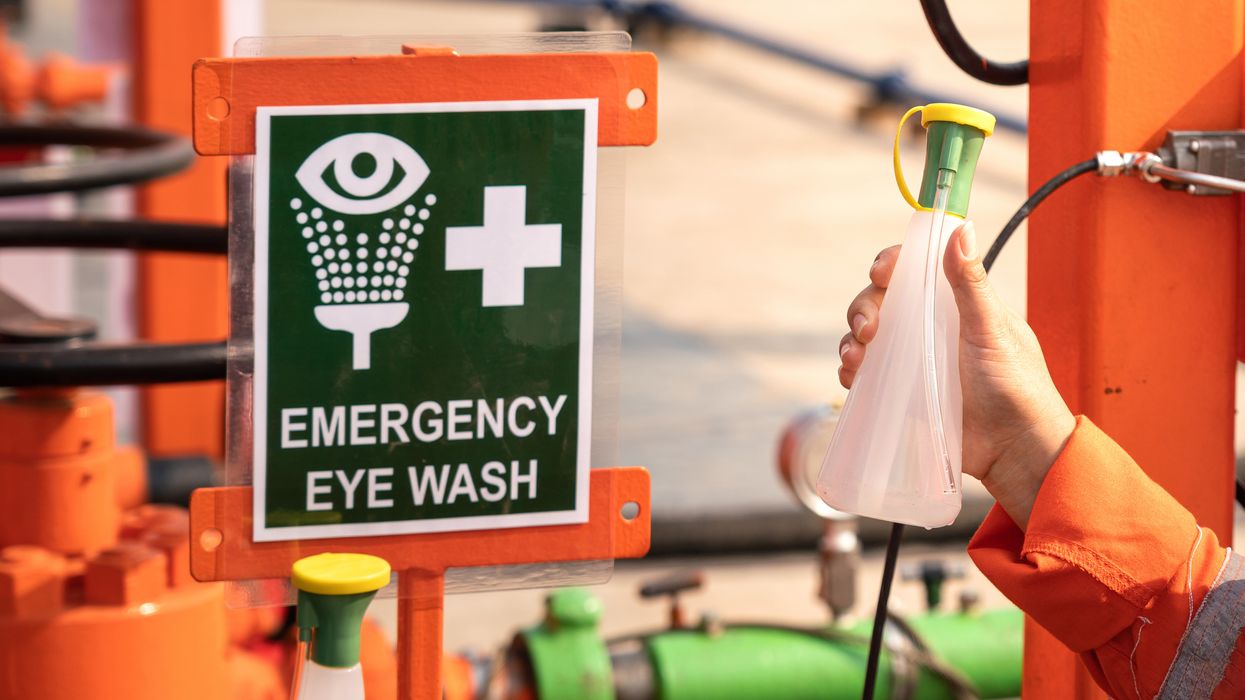Roadside Rendezvous: A Guide to Inspections and Documentation
It’s no easy task transporting cargo over the road. There are numerous obstacles you can face on a daily basis such as Mother Nature, hours-of-service restrictions, weight limits, maintenance issues, distracted drivers, and let’s not forget about the roadside inspections. To make matters worse, if you transport hazmat, things can get even more difficult.
One of the most challenging obstacles every driver will encounter is having to go through a roadside inspection. There are eight levels of inspections, which include:
- Level I – North American standard inspection: A very comprehensive inspection that focuses on the truck and the driver.
- Level II – Walk-Around Driver/Vehicle Inspection: Focuses on everything in the Level I inspection, except it’s not as thorough.
- Level III – Driver/Credential Inspection: Focuses on the driver with an in-depth look at the vehicle operator’s driver’s license, medical certification and daily log.
- Level IV – Special Inspections: Focuses on a particular item. These examinations are generally made in support of a study or to verify or refute a suspected trend.
- Level V – Vehicle-Only Inspection: Focuses on the vehicle Level I inspection items, without looking at driver credentials.
- Level VI – Inspection for Transuranic Waste and Highway Route Controlled Quantities of Radioactive Material: Focuses on highway route-controlled quantities of radioactive shipments.
- Level VII – Jurisdictional Mandated Commercial Vehicle Inspection: Focuses on commercial vehicles, such as school buses and shuttles.
- Level VIII – Electronic Inspection: Focuses on the driver’s and truck’s electronic information.
Need additional information on roadside inspections? Check out this article on the importance of preparing for a roadside inspection.
Required documentation
In order to avoid unnecessary violations, carriers need to produce certain documents for a roadside inspection. A common issue most carriers face is knowing what paperwork or documentation is required to be in each commercial motor vehicle (CMV). While the list isn’t extensive, there are enough items to create a “checklist” of required paperwork for management and drivers to periodically audit to ensure they have all the proper documentation.
The type of documentation needed varies by the type of inspection being performed. Below is a list of required documents that must be carried in the vehicle for carriers of non-hazardous materials, and an additional list of items for carriers of hazardous materials.
For a CMV carrying a non-hazardous load:
- Truck and trailer registration. This is commonly referred to as “the registration,” “cab card” or “IRP card” (if the vehicle is operating in interstate operations).
- Fuel tax permit (“IFTA cab card”). This normally applies if the vehicle is operating in interstate operations.
- Proof of insurance in some states (policy card is adequate).
- Shipment paperwork. This normally involves documentation showing what is being transported, where it originated, where it’s going, and for whom it is being transported.
- Driver’s license allowing the driver to operate the vehicle he/she is assigned.
- Proof of medical certification:
- Non-CDL drivers — copy of Fed Med card
- CDL drivers — Copy of Fed Med card on their person for 15 days following their exam (until it appears on their driving record).
- Hours-of-service records, unless the driver is operating under one of the short-haul exceptions in §395.1(e).
- Annual Inspection paperwork if a decal isn’t affixed to the vehicle.
- Lease Agreement during the period the vehicle is being leased, proving ownership of the vehicle and the person/carrier responsible for the operation of the vehicle (§376.11(c)(2)).
For a vehicle carrying a hazardous load, there are some additional requirements. These include:
- Shipping papers. Paperwork that details the hazardous materials on the vehicle and provides the required emergency contact number and emergency response information.
- Pipeline and Hazardous Materials Administration (PHMSA) registration number, if transporting amounts of hazardous materials that are listed in 49 CFR §107.601.
- Hazardous Materials Safety Permit (HMSP), if transporting any of the extremely dangerous hazardous materials listed in 49 CFR §385.403.
Need additional information on PHMSA registration? Check out this FAQ.
The actual PHMSA registration and HMSP do not need to be in the cab if listed on the shipment paperwork.
Key to Remember: The type of inspection and your load will determine what you need to provide.

